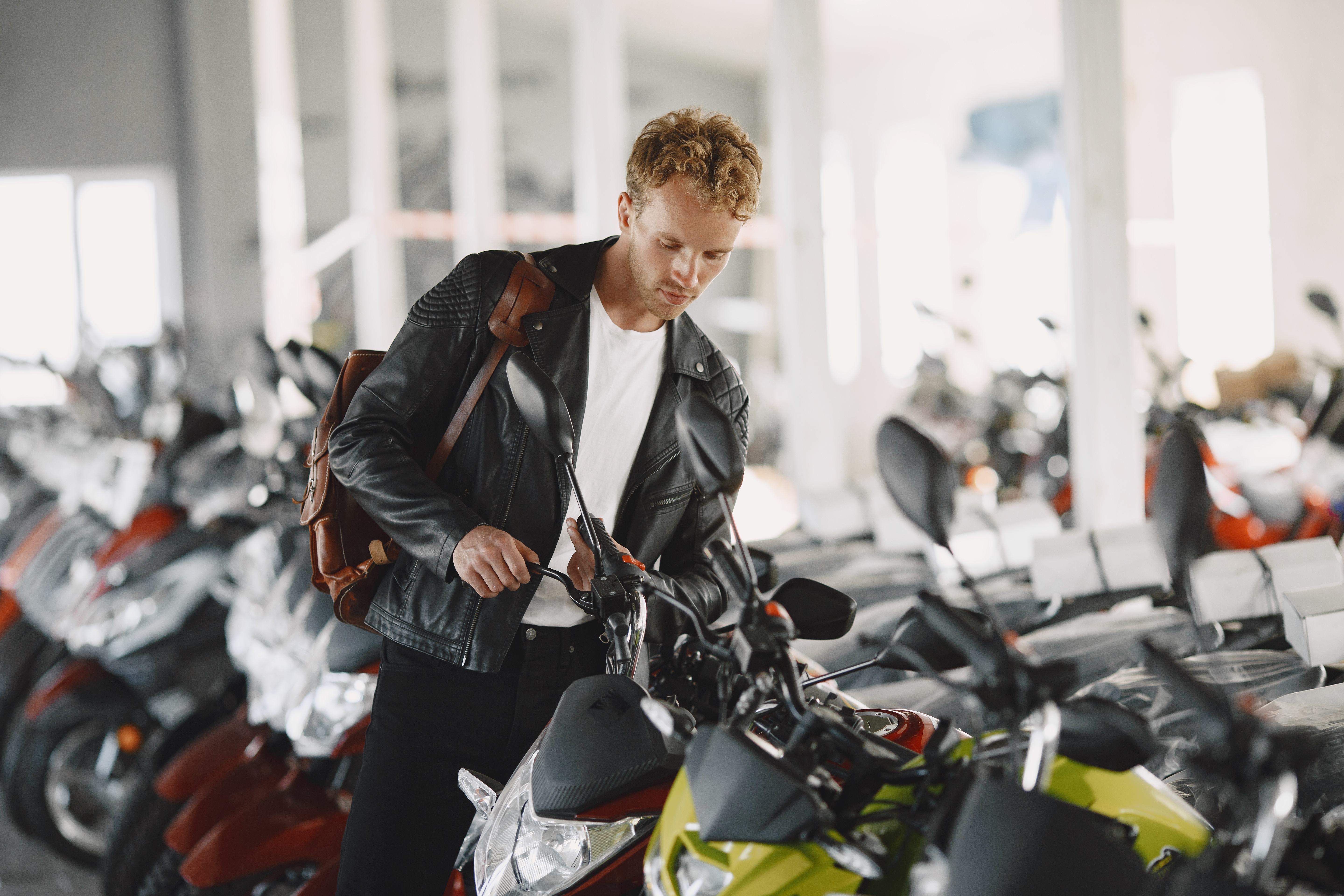Tips
Fixing Motorcycle Starting Problems in Cold Weather

You can even buy a new motorcycle for the cold season. However, it's important to keep in mind that the off-season and winter are a real challenge for both the motorcycle and its owner. When the temperature drops below zero, even a reliable iron horse can act up and refuse to start. Let’s figure out why this happens and how to bring your motorcycle back to life even in the harshest frosts.
Why the Motorcycle Won’t Start in the Cold
Before we move on to solutions, it’s important to understand the causes of the issue. Low temperatures affect all systems of the motorcycle at once:
-
The battery loses power. At -18°C, the battery loses up to 40% of its capacity. The chemical reactions inside the battery slow down, and it simply cannot provide enough current to start the engine.
-
The motor oil thickens. In the cold, the oil turns almost into a paste-like substance, creating extra resistance when the crankshaft rotates. The starter has to exert significantly more effort to turn the engine.
-
The fuel mixture doesn’t evaporate. Gasoline evaporates less effectively at low temperatures, making it harder to form the proper air-fuel mixture. Carburetor motorcycles are especially sensitive to this issue.
-
Condensation in the systems. Moisture that accumulates in the fuel tank, fuel lines, and air filter can freeze, creating ice plugs.
But there are certain methods to start your motorcycle even in cold weather.
Quick Methods for Starting a Cold Motorcycle
If you urgently need to start your motorcycle in the cold, here are proven techniques:
-
Warm up the battery. If possible, take the battery into a warm room for 30-60 minutes. Even room temperature is enough to restore most of its capacity. For emergency help, you can apply a heating pad or a bottle of warm water to the battery for 10-15 minutes.
-
Use the choke correctly. On carburetor motorcycles, pull the choke fully out (the mixture enrichener) before starting. This increases the amount of gasoline in the mixture. On fuel-injected models, the system adjusts automatically, but you can rev the throttle a few times before starting to spray fuel into the cylinders.
Read also: Traveling to Prague from Kharkiv by Bus: How to Prepare for the Trip

-
“Wake up” the engine. Before starting, turn on the headlight or indicators for 15-20 seconds. This will initiate chemical reactions in the battery. Then turn off all additional devices and crank the starter in short bursts of 3-5 seconds with pauses to avoid overheating it and draining the battery completely.
In garage conditions, you can direct a heater towards the engine (safe distance of at least 50 cm!) for 10-15 minutes. Heating the crankcase helps to thin the oil. Never use an open flame!
A Few Tips for Winter Operation
If you regularly use your motorcycle in winter, it’s important to prepare in advance:
-
Switch to winter oil. Synthetic oils with a viscosity of 5W-30 or even 0W-40 maintain fluidity at extremely low temperatures, ensuring an easier start.
-
Install a new high-capacity battery. Old batteries perform worse in the cold. If your battery is more than three years old, it's best to replace it before the winter season.
-
Insulate critical components. You can install a thermal cover on the battery or even an engine insulator (it’s important not to block the cooling system!).
-
Use a charger. If the motorcycle is parked in a garage with an outlet, connect an automatic charger with charge maintenance function.
You can purchase a motorcycle for use even in the harshest conditions at the MotoGO online store. Consultants will consider your preferences and help you select the best options.
Elena Chernenko
Elena is a recognized expert in the bus transportation industry. With a deep understanding of the industry and a wealth of experience, Elena has earned a reputation for reliability working with both large carriers and private companies. Her expertise includes route planning, safety analysis and efficiency of transportation solutions.
In her blog, Elena offers professional advice, reviews current market trends and shares her experience to help readers better understand the world of bus transportation.
Related publications
December 18, 2025
December 05, 2025




